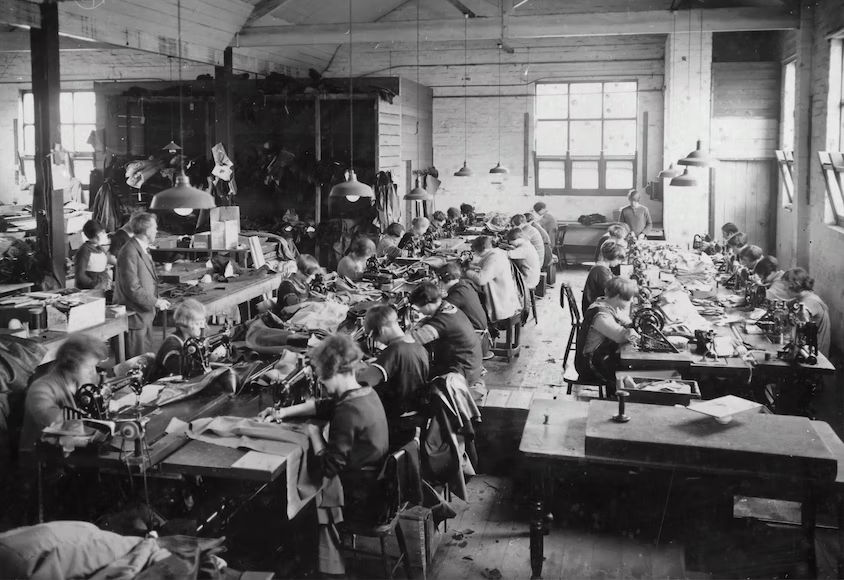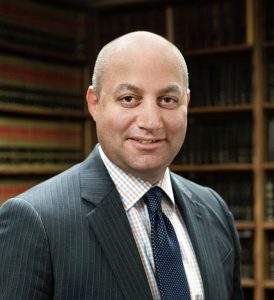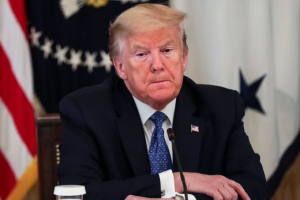What is Labor Day?
Labor Day is a yearly celebration of the social and economic accomplishments of American workers and is observed on the first Monday in September.
The celebration has its origins in the late nineteenth century, when labor leaders lobbied for the establishment of a federal holiday to honor the numerous contributions made by workers to the strength, wealth, and well-being of the United States.
Also read: Labor Day 2022: What’s open and what’s closed
Who were among the holiday’s early adopters?
Labor Day was celebrated by labor leaders and individual states before it became a federal holiday. Following the adoption of local ordinances in 1885 and 1886, a push to gain state legislation emerged.
On February 21, 1887, Oregon became the first state to enact a statute commemorating Labor Day, despite New York being the first state to introduce a bill. Four other states—Colorado, Massachusetts, New Jersey, and New York—passed legislation establishing a Labor Day vacation in 1887.
Connecticut, Nebraska, and Pennsylvania had all done the same by the end of the decade. The first Monday in September of every year becomes a legal holiday thanks to a law established by Congress on June 28, 1894, which was followed by the adoption of the holiday by 23 more states.
Also read: Who was James Henderson Kyle, the man who helped make Labor Day a national holiday?
Who founded Labor Day?
Although it’s not totally certain, two workers can credibly lay claim to the title of Labor Day’s Founder.
Records indicate that in 1882, Peter J. McGuire—who was also a co-founder of the American Federation of Labor and general secretary of the Brotherhood of Carpenters and Joiners—proposed designating a day as a “general holiday for the laboring classes” to honor those “who from rude nature have delved and carved all the grandeur we behold.”
However, Peter McGuire’s status as a Labor Day historical figure has not been uncontested. Many people think that Matthew Maguire, a machinist, originated the holiday, not Peter McGuire.
Recent research appears to support the idea that the holiday was established in 1882 while Matthew Maguire was secretary of the Central Labor Union in New York. Maguire would later become the secretary of Local 344 of the International Association of Machinists in Paterson, New Jersey.
The Paterson Morning Call published an opinion piece after President Grover Cleveland signed the law establishing a national Labor Day that stated that “the souvenir pen should go to Alderman Matthew Maguire of this city, who is the undisputed author of Labor Day as a holiday,” according to the New Jersey Historical Society. In New York City that year, the inaugural Labor Day parade in the nation was attended by both Maguire and McGuire.
When was the first Labor Day celebrated?
According to the Central Labor Union’s plans, the first Labor Day holiday was observed on Tuesday, September 5, 1882, in New York City. Just one year later, on September 5, 1883, the Central Labor Union celebrated its second Labor Day celebration.
On June 28, 1894, President Grover Cleveland signed a measure declaring the first Monday in September of every year a national holiday. By 1894, the holiday had been enacted in 23 additional states.
How has Labor Day been celebrated since becoming a national holiday?
The first proposal for a holiday suggested that the day be observed with a street parade to demonstrate “the strength and esprit de corps of the trade and labor organizations” of the community, accompanied by a festival for the recreation and amusement of the workers and their families.
Today, many Americans celebrate Labor Day with parades, picnics, and parties—celebrations very similar to those outlined by that proposal. This established a precedent for Labor Day celebrations.
Later, as more focus was placed on the economic and civic value of the holiday, speeches by notable men and women were introduced. The Sunday before Labor Day was eventually designated as Labor Sunday and was devoted to the spiritual and educational facets of the labor movement by a resolution passed at the American Federation of Labor convention in 1909.







